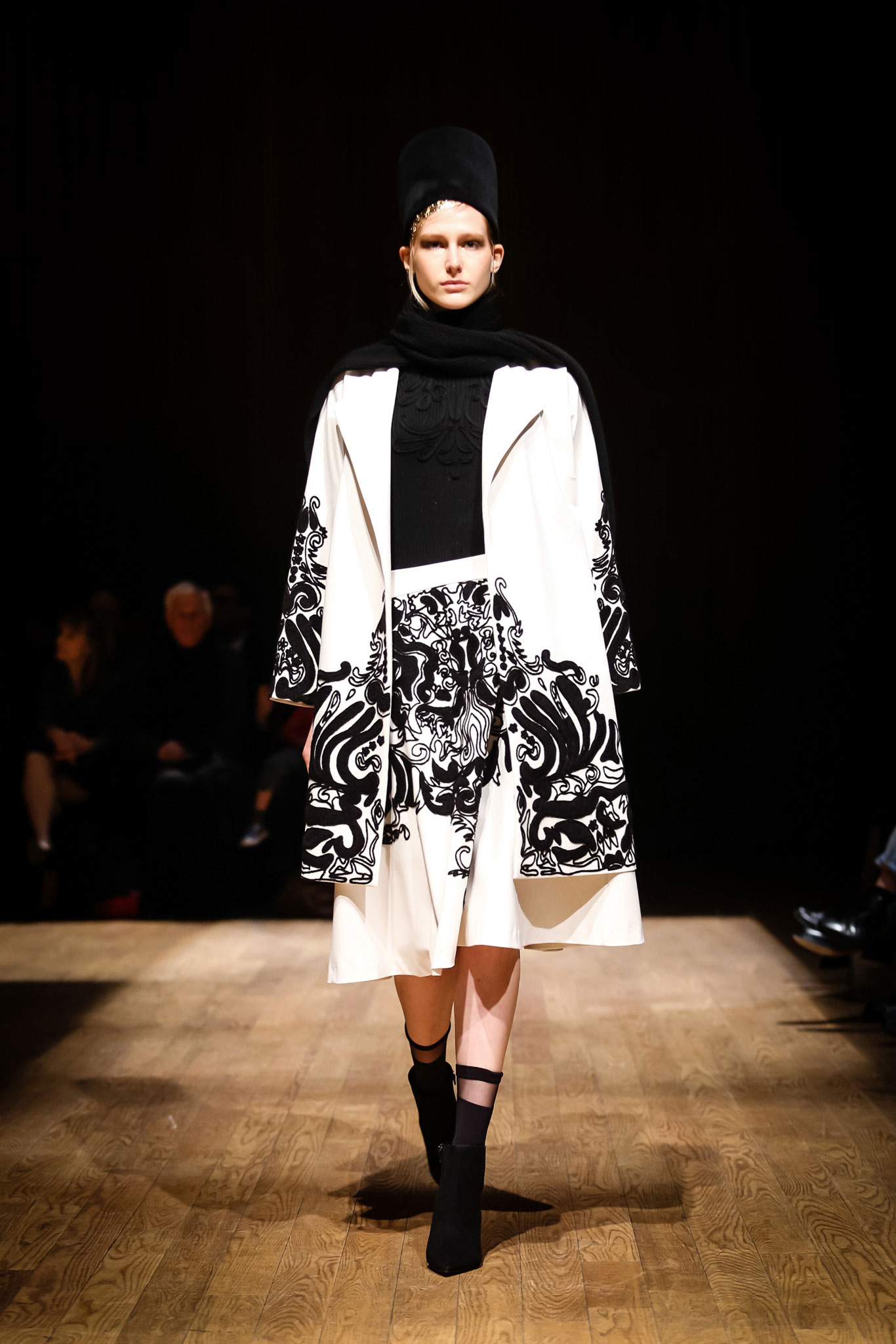








































To Josie Natori, Istanbul is the cradle of civilization. Where East meets West, antiquity meets modernity. And, translated for her runway, where opulence meets everyday.
www.natori.comNewYorkFashion WeekFashion Brand
To Josie Natori, Istanbul is the cradle of civilization. Where East meets West, antiquity meets modernity. And, translated for her runway, where opulence meets everyday.
To Josie Natori, Istanbul is the cradle of civilization. Where East meets West, antiquity meets modernity. And, translated for her runway, where opulence meets everyday. "I'm a sucker for going to the bazaars and the souks," said Natori backstage before the show. "Istanbul inspired us in terms of shape and layering. It's an extravaganza of textures, embellishment, and layering for daytime."
And how. The girls wore extra-tall fezzes and bold hammered-gold bib necklaces and belts (handmade in Natori’s native Philippines) that seemed over-the-top in contrast to some seriously grown-up clothing. The designer crafted rich cashmeres and matelassé jacquards into dresses and skirts that flared to reference a whirling dervish's skirt. These were worn under fringed and embroidered jackets, coats, and oversize shawls in a palette that swung from calming black, gray, burgundy, and navy to bright chartreuse. At times there was one detail too many. But then Natori would show restraint with a great black wool swing coat with fake fur appliqués or a set of beautifully constructed, simple winter white dresses with trapunto stitching, and none of the tricky styling mattered. The best proof, though, was Natori herself, who took a bow in a shorter belted version of Look 32, a white-embroidered black wool vest.